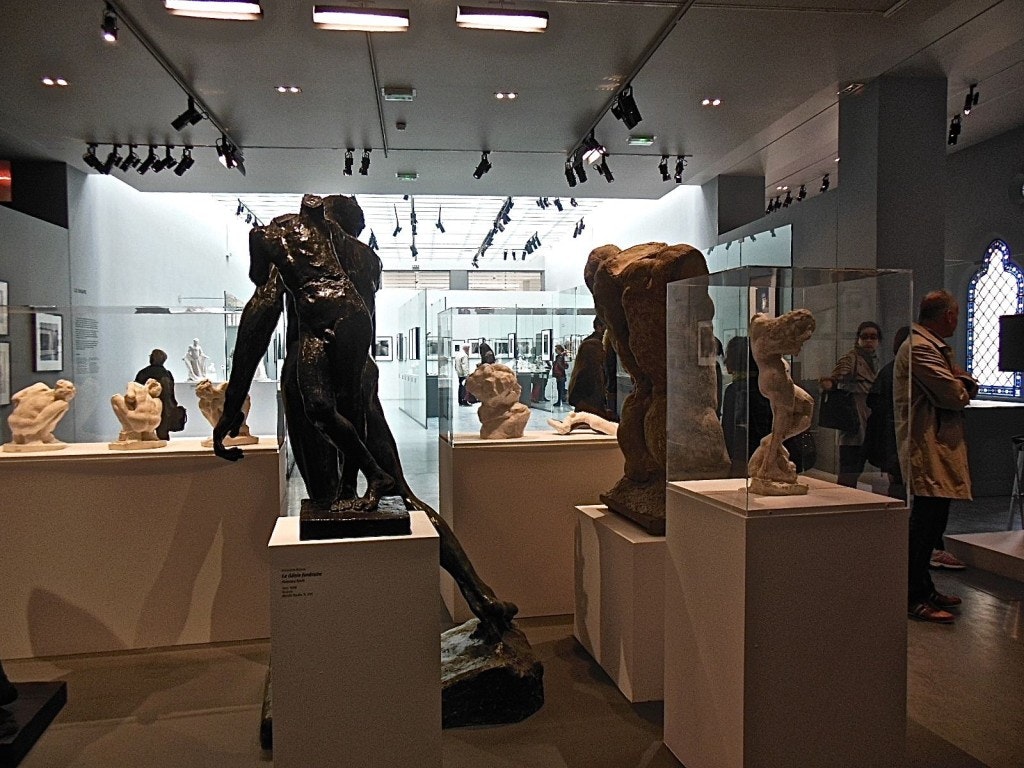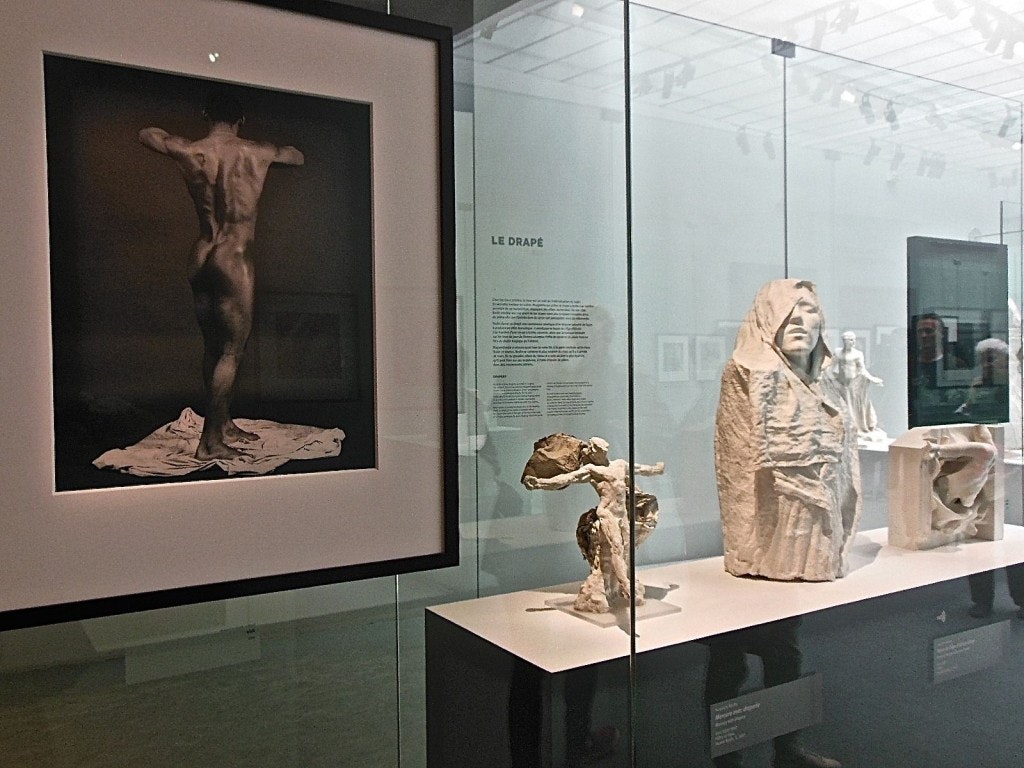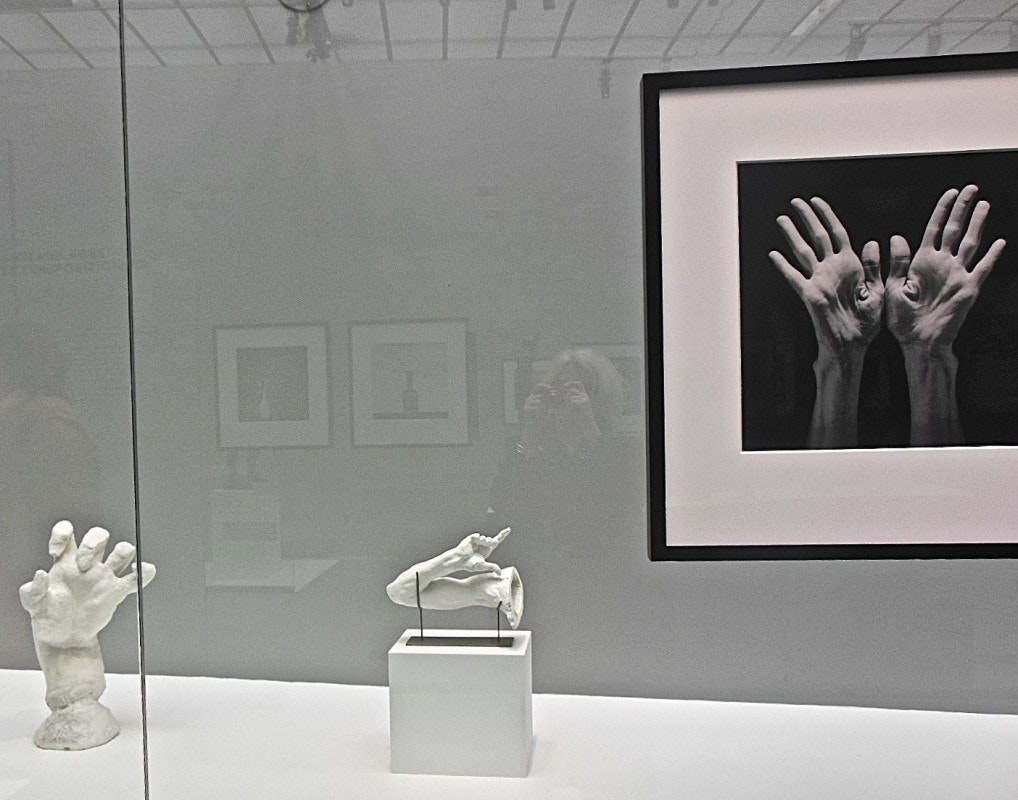This dialogue, however, might be better characterized as overdetermined rather than unexpected, since the point of this curatorial exercise is to burnish, sanitize, and heroize Mapplethorpe. Yet again, we can observe, in real time, the cranking up of the apparatuses of canon formation, the mechanisms by which that totem elite culture, the Great Artist, is collectively forged.1“Vingt-cinq ans après sa mort, l’événement est une occasion unique d’élever le célèbre photographe au rang des plus grands artistes de l’histoire, qui l’ont tant inspiré : Titien, Michel-Ange, Piero della Francesca, le Bernin, David, Dali, Duchamp, etc.” Jean-Pierre Aubin, Robert Mapplethorpe, exhibition catalogue, (Paris: Editions de la Réunion des musées nationaux – Grand Palais). n.p. This is hardly necessary for Rodin or his work, housed in its consecrated museum, and Mapplethorpe-Rodin is displayed in that part of the renovated museum aptly called the Chapel. Moreover, in the broadest sense, because both exhibitions are collective endeavors involving different institutions (most importantly, the Robert Mapplethorpe Foundation, the source of most of the exhibited work), corporate sponsors, curators from the foundation and the two museums, the aims, approach and presentation of Mapplethorpe’s work is by no means simply the result of a few individuals’ choices. But the nature and terms of the framing discourse within which both exhibitions are conceived, consciously or not, are such as to minimize if not obscure what is arguably Mapplethorpe’s most significant work. In privileging two of his most problematic modes of production—the term is apt—and two of his blandest, a “great artist” is manufactured conforming to the hoariest and most sterile notions of art photography, with the addition of some racial raciness to supply a more edgy frisson.2As all art historians know, when producing the totem of the Great Artist, early work, if not juvenalia counts. Thus, as part of the treatment early pre-photographic works were included from his time at the Pratt art school; some Cornell-like boxes (e.g. Lamb), some collage works, drawings, and this early polaroids.





